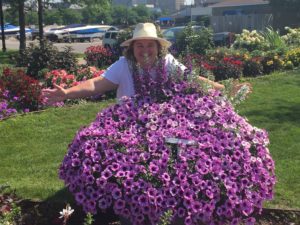 I’ve been very fortunate to have seen many private gardens in my life especially during my time as WA Chairman and later West Australian Co-ordinator of Australia’s Open Garden Scheme.
I’ve been very fortunate to have seen many private gardens in my life especially during my time as WA Chairman and later West Australian Co-ordinator of Australia’s Open Garden Scheme.
I just returned back home from the USA feeling very grateful indeed after 3 whole weeks of garden visiting-let’s call it, my American garden immersion-more on that later.
There is something very special about the people who open their private garden spaces so that others may share first hand the very personal interpretations and manipulation of nature particularly in an urban setting. There are so many reasons to lock ourselves away these days after hours spent behind desks in stressful jobs so many people travel back home after enduring a long commute, drive in the garage, pull down the roller door and flop into the sanctuary of home, locking the outside world out. Gardeners who share their gardens are the complete opposite, they throw open that garage door and say to the world “come on in and see what I have done”
As part of the recent Garden Writers conference, in Buffalo NY, my garden bestie AZ Plantlady and 350 or so other wonderful garden communicators, many of whom I feel so honoured to now call my friends, spent days exploring about 20 gardens which had opened the previous weekend for Buffalo Garden Walk at which more than 400 (!!) gardens were open in the Buffalo area.
The gardens we visited were mostly within walking distance of each other and ranged from tiny cottages in which the driveways had been converted to container garden spaces to larger homes with areas of lawn and garden borders.
Gardening in this part of the world is a short seasonal thing-while we garden all year round in Perth, these guys go hard at it for only about 4 months of the year due to the frosts and heavy layers of snow-white stuff that falls from the sky and covers the ground-you know what I mean, like the movie Frozen, yes that’s the stuff.
Jim Charlier is one of the members of GWA who also opens his Buffalo garden and I asked him about the gardening season in Buffalo and he has provided some insight into gardening in that part of the world, here’s what Jim had to say “We start in earnest about the second week of May. Our average last frost date is mid-May. Though we’re admiring our tulips and flowering shrubs in April. Adventurous gardeners start earlier. Crazy ones start from seed in the winter months. We garden pretty much through September and some of October – with seasonal mums, tulip bulb planting, and last call for planting trees and shrubs. Depends on weather, obviously. We don’t get a significant snowfall until December usually. Seems like that isn’t happening as much anymore and we don’t get significant snow until January. The plants need the snow cover, and it doesn’t seem as though the past few years that that has even been consistent. November through March is spent thinking about April through October.”
Here’s Jim’s garden… which I must confess is one of my all time favourite small gardens, such wonderful attention to detail and a vignette worth photographing at every turn
Best garden shed I have ever seen…





 So, sit back and take a short walk through some of the other beautiful gardens in the cottage district of Buffalo. Do these inspire you to make some changes in your garden?
So, sit back and take a short walk through some of the other beautiful gardens in the cottage district of Buffalo. Do these inspire you to make some changes in your garden?












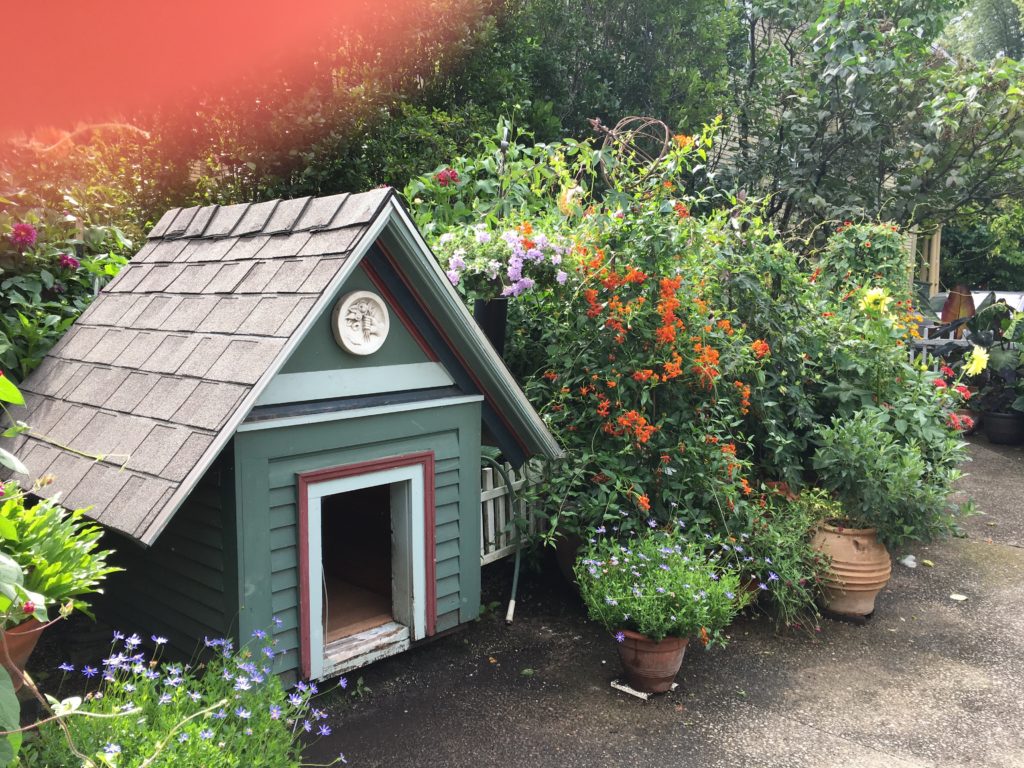
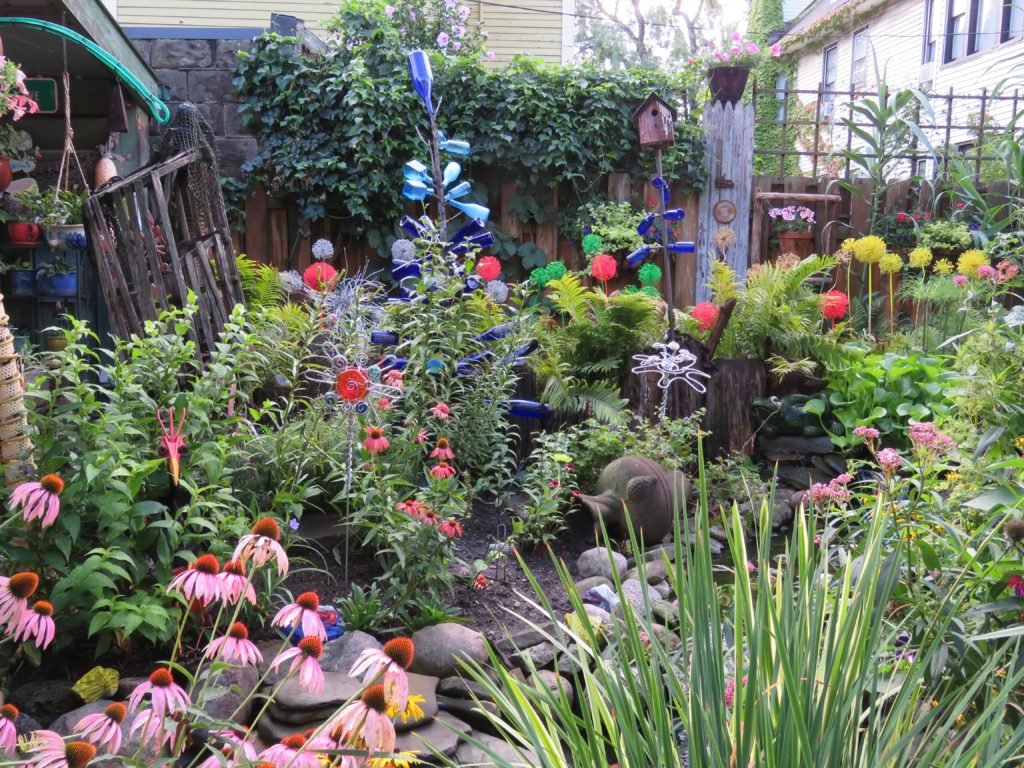







 Buffalo? you say-why would you want to go to Buffalo? Isn’t it covered in snow and not much else? Wrong….There’s something in the water in Buffalo and I suspect it may be the gardening bug.
Buffalo? you say-why would you want to go to Buffalo? Isn’t it covered in snow and not much else? Wrong….There’s something in the water in Buffalo and I suspect it may be the gardening bug.

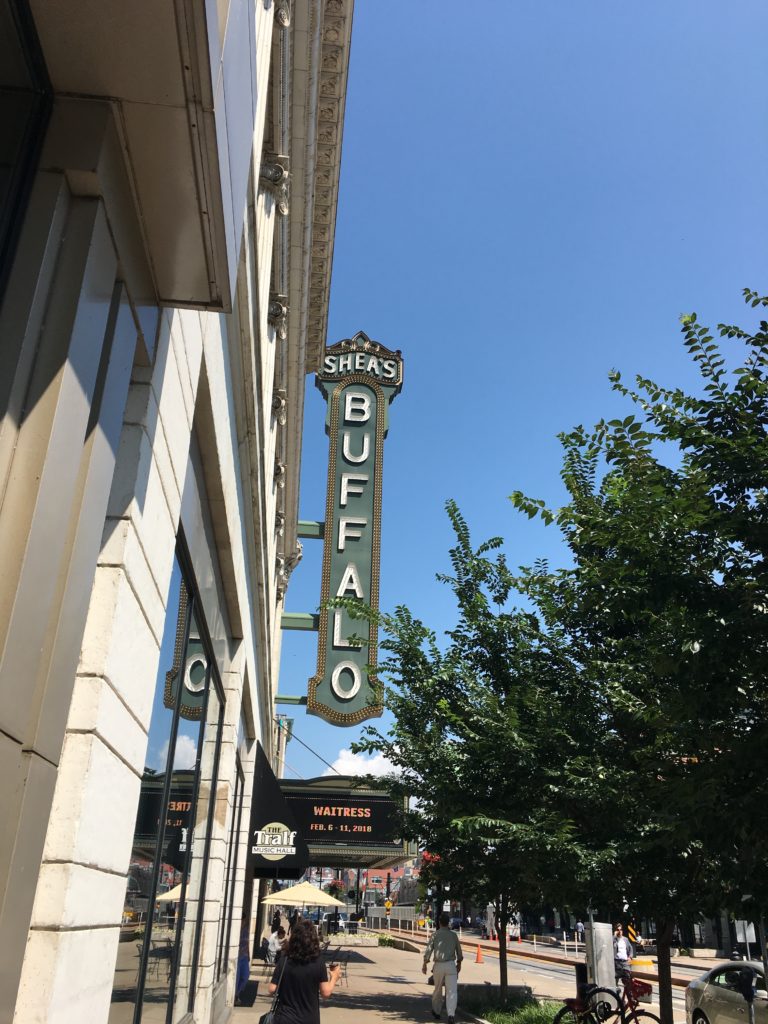

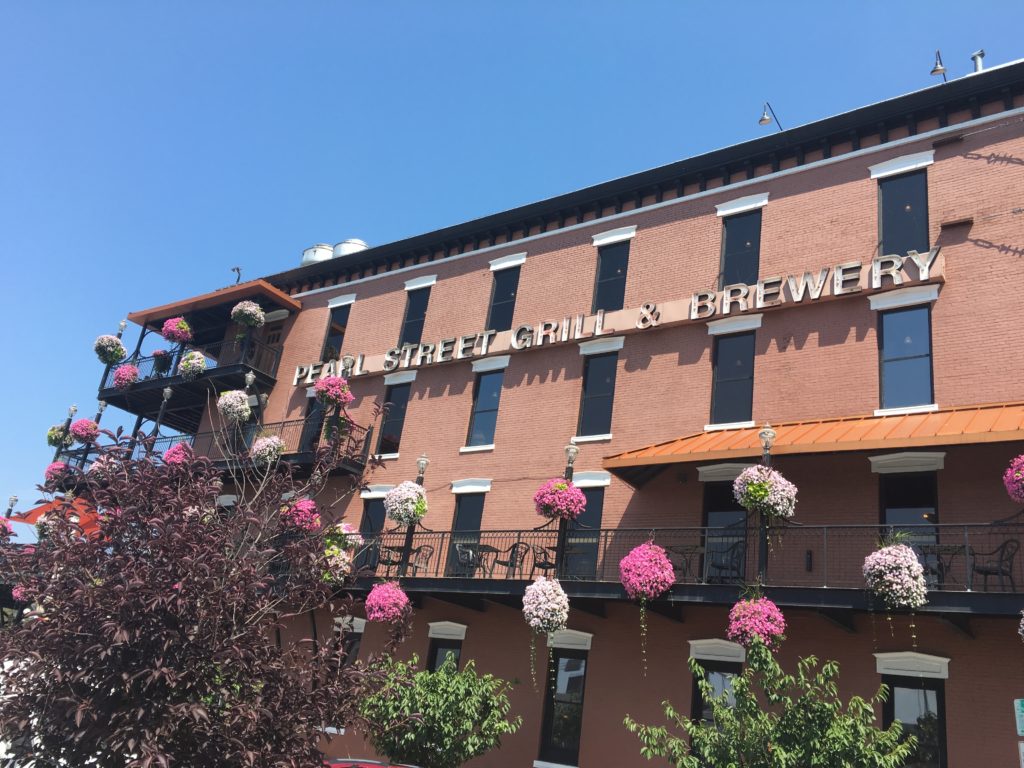




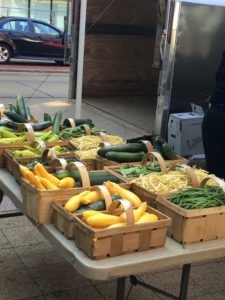
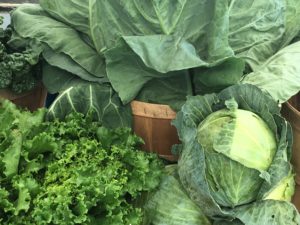
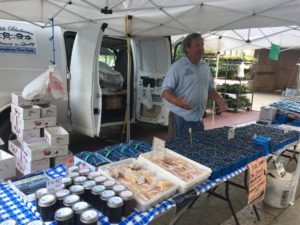
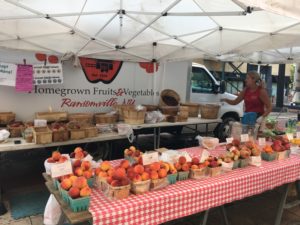




 Canalside is also home to test gardens and magical views of the eastern end of Lake Erie.
Canalside is also home to test gardens and magical views of the eastern end of Lake Erie.

